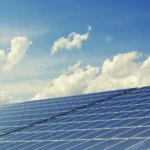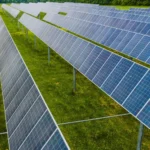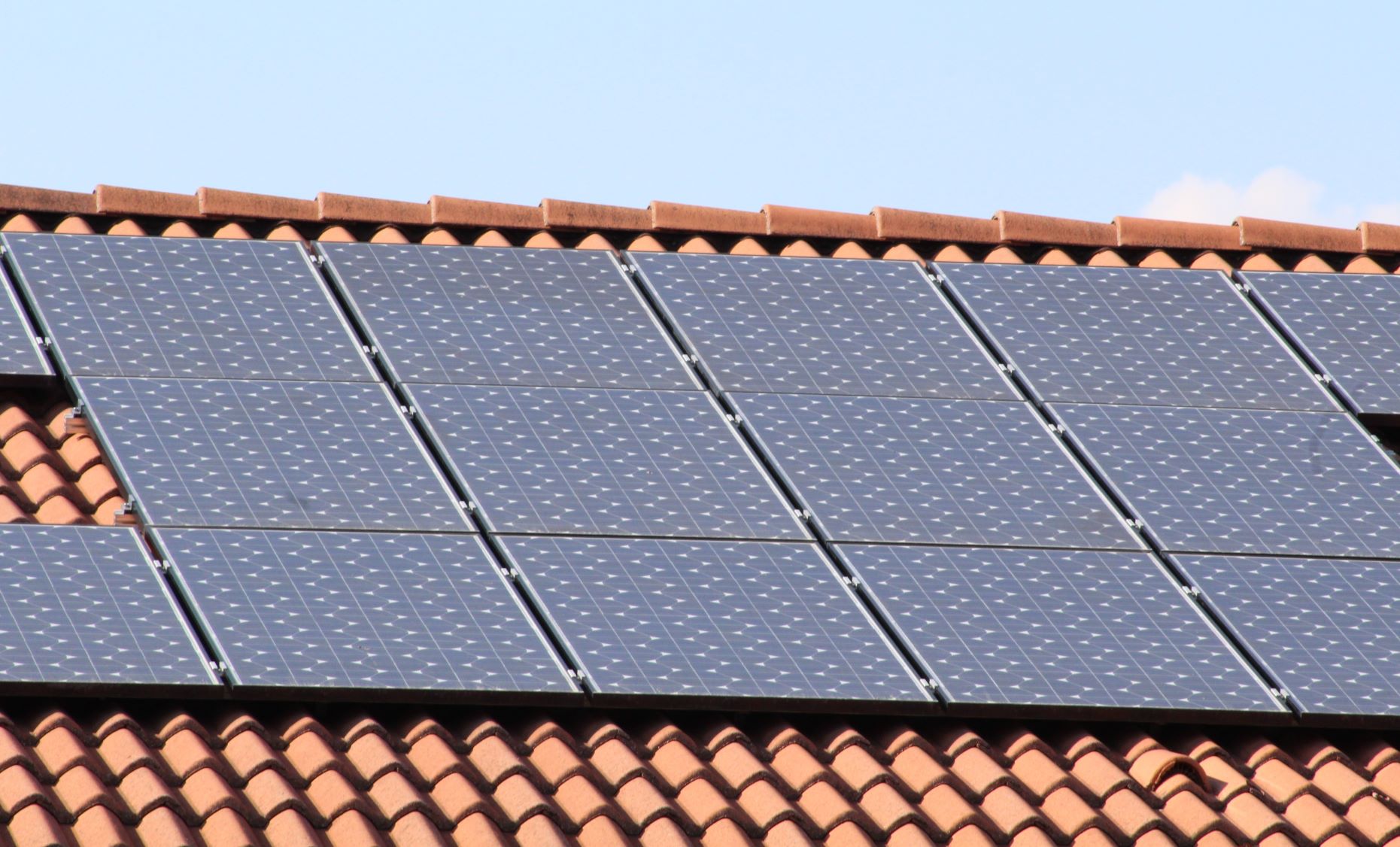How to Safely Install Solar Panels on Metal and Asbestos Rooftops
How to Safely Install Solar Panels on Metal and Asbestos Rooftops
Factories in Delhi and NCR regions have a variety of roofs ranging from flat concrete roofs, metal sheds which are mostly inclined and even the asbestos sheets laid over the top.
Solar on Metal & Asbestos Roofs
The Solar Plant can be installed on any roof that has sufficient strength.
Solar on Concrete Roofs
On flat concrete roofs, it is quite easy to lay the solar panels. The civil foundations need to be laid in a way that the water should not seep into the roof. Over the foundations, the structure made up of hot dipped galvanized steel needs to be built of sufficient strength. The structure should preferably give a tilt of 20 degree around in Delhi and NCR to get the best solar irradiation. The panels should face to the South side to the extent possible.
Solar on Metal Sheds
The Metal sheds can be facing east-west or north-south. If the metal structure has sufficient strength, the solar panels can be easily laid. The solar panel structure should be such that it is light and strong enough to hold panels. In typical sheds, the purlins and associated structures are designed to take weights of more than 100 kg per square meter. Solar plant will weight around 20-25 kgs per square meter, hence the weight of plant is never a problem unless the purlins are not strong enough.
However, the factory owners should be careful while allowing the puncture in the roof. Water leakages would tend to happen from the punctured holes in the roof. Over time, the screws put on these punctured roofs will have movement due to the pressure from strong winds and the puncture size will increase. So, while installing panels or building pathways or side rails, these punctures need to be reduced to the maximum.
Solar on Asbestos Sheets
Similarly, panels can be installed on asbestos sheets. The old sheets need to be replaced in such installations. Typical asbestos sheet has a life of 10 years. Again, it is not the sheet but the purlin structure that has to take the weight of the solar panels and structures. Asbestos sheets should have enough strength that the man power for plant installation can freely walk and do their work.
Suggested Articles

Solar Rooftop Subsidy: Why It’s Time for a Change of Mindset
While solar rooftop subsidies help reduce upfront costs, true adoption requires a mindset shift. This guide discusses why businesses and homeowners should focus on long-term benefits, sustainability, and strategic planning beyond relying solely on incentives.
Researchers Propose New Way to Make Nuclear Power Plants Safer
Researchers propose innovative methods to enhance the safety of nuclear power plants, aiming to reduce risks and improve operational security.

500 kW Solar System Price in Indore: Complete Industrial Guide
Planning to install a 500 kW solar power plant in Indore? Discover the complete cost details, government subsidy options, and potential savings for industries in 2025.

Solar Cell Technology: Monocrystalline vs Polycrystalline vs Thin-Film
Explore the different types of solar cells, including monocrystalline, polycrystalline, and thin-film, and learn their efficiency, applications, and benefits for solar energy systems.

Complete Guide To 100 kW Solar Setup Cost And Benefits In Uttar Pradesh
Planning to install a 100 kW solar power plant in Uttar Pradesh? This guide covers everything — from installation costs and available subsidies to long-term savings and payback time. Learn how investing in solar can reduce your electricity expenses and support a sustainable energy future for your business.

Case Study: Successful Design, Installation, and Commissioning of a 50 kWp Rooftop Solar PV Plant
This case study details our experience in designing, installing, and commissioning a 50 kWp solar PV rooftop power plant. Learn how we overcame technical challenges, optimized system performance, and delivered clean, reliable energy. Discover insights on panel selection, inverter sizing, monitoring, and commissioning processes that ensured maximum efficiency and long-term performance for the rooftop solar installation.

New Loan Scheme for solar rooftop projects by IREDA
Solar installation for petrol pumps offers huge savings and energy independence. This 2025 guide explains system cost, subsidy, ROI, and installation process.

Solar Panel Installation on Tiled Roofs: Complete Homeowner Guide
When you’re ready to install solar panels on your home, there are many factors that will determine the unique design and cost of your solar system. Various roof types require different processes for installation. For example, lightweight tile roofs can present unique challenges and considerations for a solar installer. Here are a few things you need to know before adding solar energy to your tile roof.